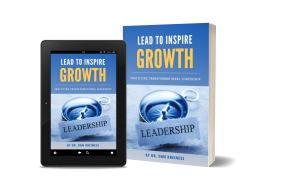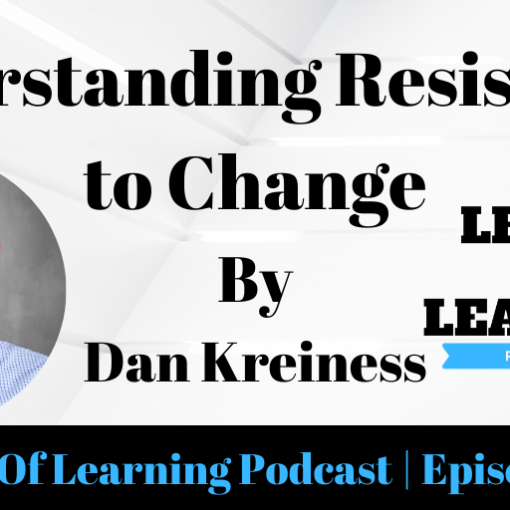I suggest that we all subscribe to the 80/20 Rule as we navigate our way through this neverending and mysterious puzzle known as life.
“What is the 80/20 Rule?” you ask.
Geez, why not just ask rediculously difficult questions like, “What is love?” or “What is the meaning of life?” You might as well. The answer here is probably going to sound similar to the way one might answer those vague questions. Something like, “It’s different for everyone.”
The first reference to the 80/20 Rule that I found was the Pareto Principle which, around the end of the 19th century, referred to the observation that 80% of Italy’s wealth belonged to only 20% of the population. More generally, the Pareto Principle is the observation (not law) that most things in life are not distributed evenly.
In this article by the Huffington Post from earlier this year, they list even more applications of the rule. To use the 80/20 rule for business, you focus on the 20 percent of your best customers who are giving you 80 percent of your sales. To use the 80/20 rule to manage your time, you focus on the 20 percent of the things you do that really move the dial for you or your business. In other words, your highest-valued activities.
Most recently, however, I have even seen similar mentions of interpretations to the 80/20 rule as they apply to my own life in the forms of diet and educational leadership.
When I began to change my diet toward eating cleaner and healthier than I already was, one of the biggest principles of eating clean has to to with an 80/20 rule, and even then there are different interpretations of it. According to POPSUGAR Fitness, one interpretation is to eat clean 80% of the time, leaving the other 20% to “indulge as you please.” Another interpretation I have heard of is to limit yourself so that 20% of the foods on your plate are lean proteins while the other 80% includes whole grains, fruits and/or vegatables.
How does the 80/20 Rule best apply to me, though?
Well, it is a good rule to use at home. As a husband and father, I can totally see the value in the time-management aspect of it. If I spend 80% of my time “being present” with my family – playing with my kids, helping my son with his homework, planning and discussing things with my wife – and the other 20% on work stuff or other distractions, I think we would all be very happy.
As the rule applies to education and leadership, I even went so far as to send it in an email to my administrative team as inspiration because I liked it so much. The rule is adapted for leadership so that a leader spends 80 percent of their energy and time on the top 20 percent of their staff and 20 percent of their time on the other 80 percent of the staff. This philosophy (and clear variation of the 80/20 rule) has really helped me guide my focus for which teachers to work with as I have transitioned into the role of instructional coach in my school. Thus far, only a few weeks into the job, I have chosen to start by “coaching light” and work mostly with the teachers who have sought me out directly with very specific aspects of their instruction they want help with.
If you think about it, the 80/20 rule has so many applications in education in general. I would not even be able to count all the times as a young teacher I thought about how just a few of the knucklehead students I had in my classroom were sucking my time and energy away from instructing and distracting the rest of the class. We as teachers sometimes become consumed with the roughly 20% of students who need more attention than the other 80% whom you can trust to handle themselves without the extra attention. Do not get me wrong, sometimes students need extra attention for perfectly understandable reasons like special learning needs or struggling to learn a new concept or extended their learning of one already taught. But classroom teachers could certainly benefit from being more aware of the amount of time and energy spent on paying attention to the 20% versus the 80%.
I also just started researching the concept of 20% time, an idea originally created by Google, where they allow(ed) their employees one day of the work week to devote to pet projects. Rumor has it this is where the ideas for many of the leading technological advances of the past decade or so have been started. It definitely seems to me that this concept has roots grounded in the original idea by Pareto roughly one hundred twenty years ago.
And now educators have been adapting that idea into creating 20% time in school, or “genius hour.” THIS is it. THIS is how I want to help teachers and students in my school. THIS is what will make my work with them meaningful. THIS is how we make project-based and student-centered learning a reality even in the times of Common Core. Have students spend roughly 20% of their time in school devoted to inquiry- and research-based projects that they are passionate about while the teachers facilitate the learning process and promote the alignment to the Common Core standards!
I just can’t believe how this rule has so many variations, interpretations, and applications. But what I do know is that it, for me, and perhaps many other educators, businesspeople, politicians, and other societal leaders, will be a valuable tool that I will use to drive me in my life.

Looking to level up your leadership? Enter your information to receive a FREE copy of my eBook




